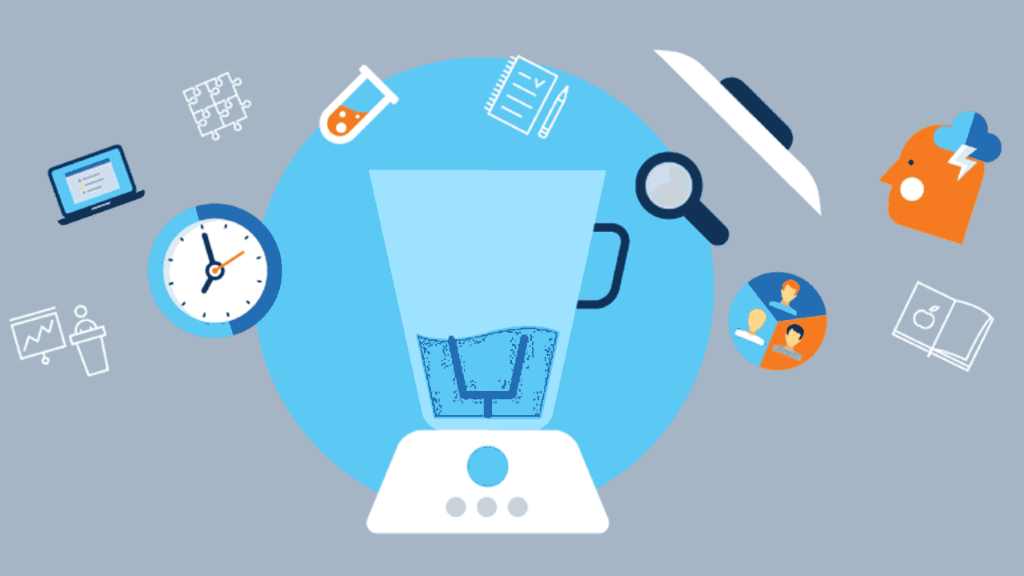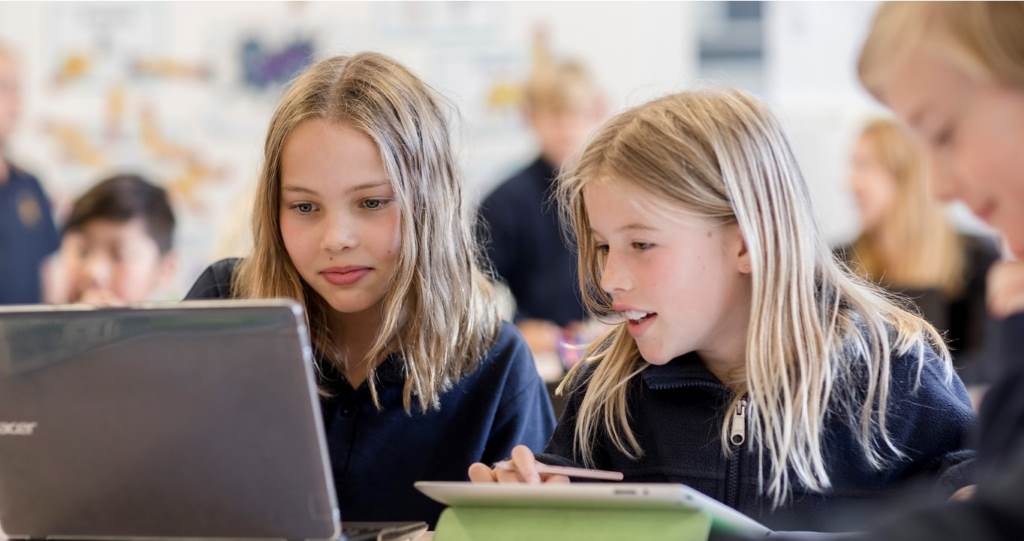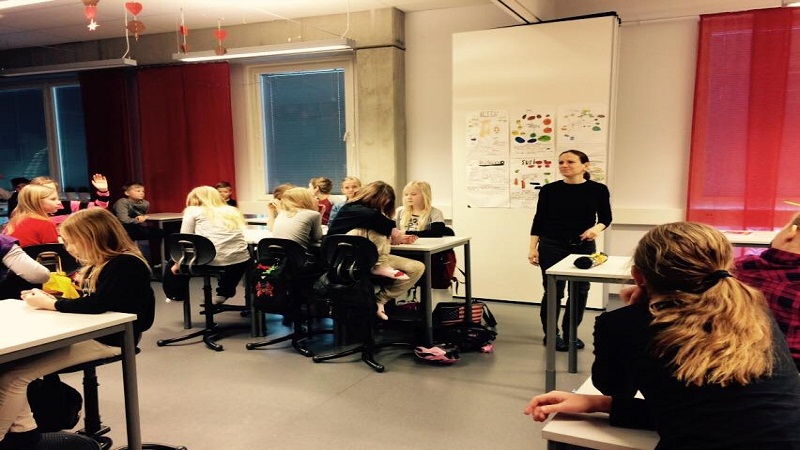Blended learning is an educational approach that combines traditional classroom instruction with online learning activities. This hybrid model leverages the strengths of both environments, creating a flexible and engaging experience for students of all ages.
What Does Blended Learning Look Like?
Blended learning isn’t a one-size-fits-all concept. The balance between online and in-person learning can vary significantly depending on the subject, grade level, and individual student needs. It’s important to understand the differences between hybrid learning vs blended learning to effectively implement these approaches. Here are some common examples of how it’s implemented:
- Flipped Classrooms: Students watch video lectures or engage with online materials at home, then use class time for discussions, projects, and hands-on activities.
- Online Courses with In-Person Support: Students work through online modules at their own pace but have scheduled meetings with teachers for clarification and guidance.
- Rotation Model: Students rotate through stations, with some activities taking place online and others in the traditional classroom setting.
- Enrichment and Remediation: Online resources are used to provide additional support for struggling students or to offer advanced challenges for those ahead of the curve.

Why Blended Learning is Gaining Momentum:
The popularity of blended learning has surged in recent years, driven by several key factors:
- Personalized Learning: Blended learning allows students to learn at their own pace, tailoring the experience to their individual needs and interests.
- Flexibility: Students can access online materials anytime and anywhere, fitting learning into their busy schedules.
- Enhanced Engagement: The variety of activities in blended learning—from interactive online modules to collaborative classroom projects—can boost student motivation and participation.
- Preparation for the Digital Age: Blended learning equips students with essential digital literacy skills that are increasingly valuable in today’s workforce.
- Cost-Effectiveness: Online learning can often be more affordable than traditional classroom instruction, making education accessible to a wider audience.
Benefits for Students and Teachers Alike
Blended learning offers a range of benefits for both students and teachers:
- Students: Increased engagement, improved retention of information, better collaboration skills, and enhanced autonomy.
- Teachers: Opportunities to personalize instruction, more efficient use of class time, easier tracking of student progress, and access to a wider range of educational resources.
Considerations and Challenges
While blended learning holds immense promise, it’s not without its challenges:
- Technology Access: Not all students have reliable access to computers or the internet, which can create disparities.
- Teacher Training: Educators need professional development to effectively integrate technology into their teaching practices.
- Curriculum Design: Creating high-quality blended learning materials can be time-consuming and resource-intensive.
- Student Self-Discipline: Blended learning requires students to be self-motivated and able to manage their time effectively.
The Future of Blended Learning
Blended learning is here to stay, and its evolution is likely to accelerate in the years to come. We can expect to see:
- Greater Personalization: Advanced analytics and artificial intelligence will enable even more tailored learning experiences.
- Increased Accessibility: The proliferation of mobile devices and expanding internet access will make blended learning more accessible to students worldwide.
- Innovative Technologies: Virtual reality, augmented reality, and other emerging technologies will add new dimensions to blended learning.
Is Blended Learning Right for You?
If you’re a student or parent considering blended learning, it’s important to weigh the potential benefits and challenges carefully. Consider your learning style, technology access, and personal preferences.
For educators, embracing blended learning requires a willingness to adapt and experiment. By staying informed about the latest trends and best practices, you can create a blended learning environment that empowers your students and prepares them for success in the 21st century.
In Conclusion
Blended learning is not merely a trend; it’s a transformative approach that’s reshaping the educational landscape. By blending the best of online and in-person learning, it caters to the needs of the modern learner, fostering engagement, personalization, and flexibility. While challenges exist, the potential of blended learning is undeniable. As technology continues to evolve, so too will this dynamic approach, offering even more innovative and effective ways to educate and empower students around the world.








